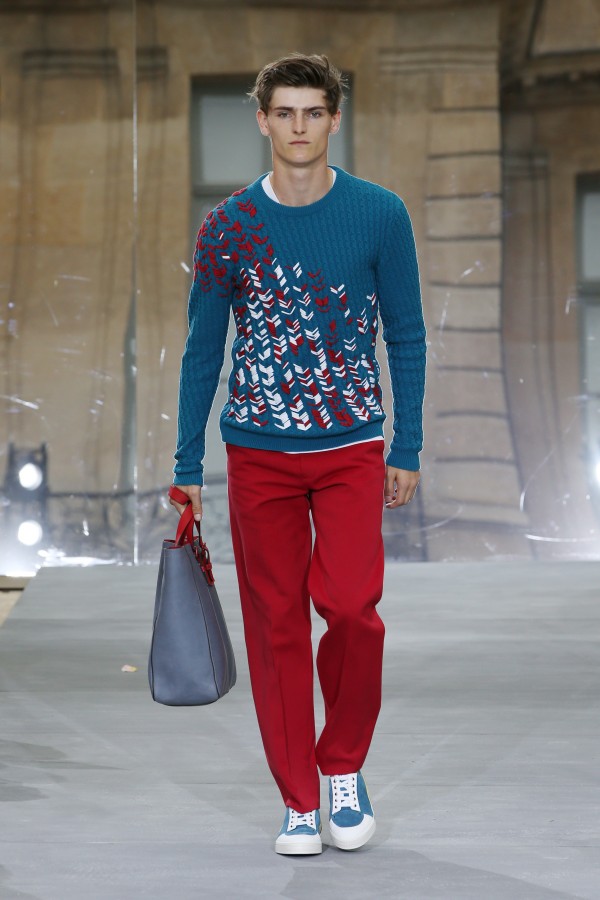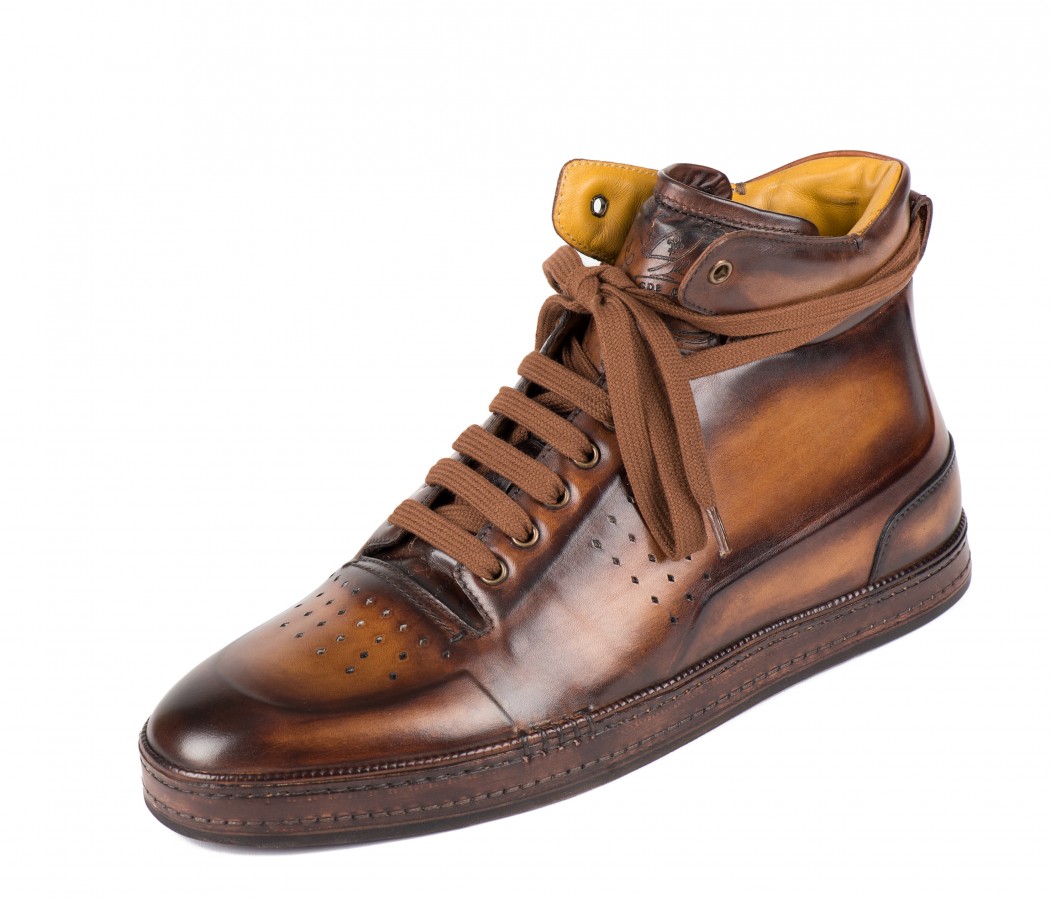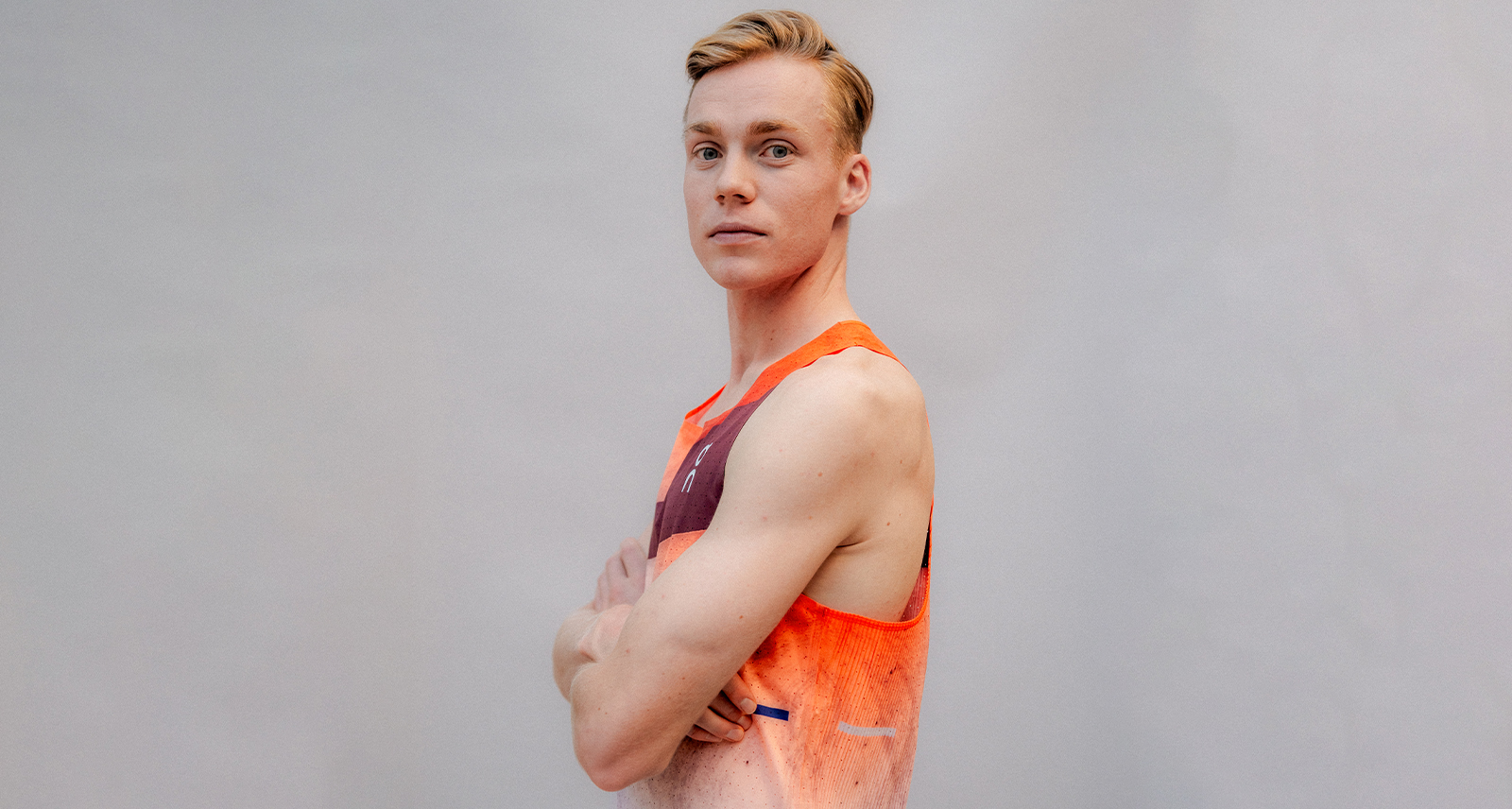Meet the Man Who Turned Berluti Into a Menswear Giant
For well over a century, Berluti has been synonymous with quality leather footwear. Since its founding in 1898, the historic luxury house has crafted exquisite dress shoes for the likes of Dean Martin, Andy Warhol and the Duke of Windsor.
But in 2011, the label decided to move beyond its established niche. It hired Alessandro Sartori — the brainchild behind the sporty Z Zegna line for Ermenegildo Zegna — as Artistic Director, and tasked him with carving out a full ready-to-wear identity for Berluti. The 49-year-old Italian was more than up to the task: in the four years since his appointment, Berluti has gained a cult following for its easy tailoring, unorthodox use of colour, and, of course, incredibly covetable leather goods—with shoes still very much at the forefront.
Sharp caught up with Sartori in Toronto to discuss his superlative Spring/Summer ’16 collection, the distinctive textiles the brand is known for and how the Berluti man has evolved since he first took the reins.
What were your main points of inspiration for the Spring/Summer ’16 collection?
I took inspiration from the fantastic work of the architect Le Corbusier [Charles-Édouard Jeanneret-Gris] when he worked with the Indian government to design a city — the most modern city at the time, Chandigarh. He used a lot of concrete, creating a grey sharp background with dry colours. It was a strong inspiration for the collection as far as the shapes, the colours and these ideas of grey and beige. So all the pieces in the collection were dyed in grey before being dyed their final colour. If you see blue, green, red it was grey before, not white.
How did this inspiration influence the silhouettes in the collection?
The shapes are kind of simple yet boxy, both for pants and for jackets. But mostly I wanted it to be light, whether it was a boxy top or a full fit bottom. So the second innovation aside from the dyeing tricks was that we were working very hard to find very light leather and fabric and yarns that are very sharp. So basically there were very sharp blousons or coats but then the weight was almost nothing — like 300 grams or 400 grams. The reason why is because we are working with a lot of new materials such as kangaroo, cotton and paper.




















